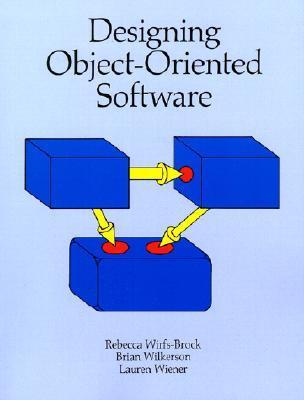What do you think?
Rate this book


Practical and down-to-earth in approach, this bestseller explores the art of designing object-oriented software. It offers basic design principles and a specific design process that can be applied to any software programming effort even those not using object-oriented programming languages or environments.
Covers the concepts of object-oriented technology, presents a process to apply those concepts, the tools to use throughout the process, and examples to put it all together.
For developers of object-oriented software.
368 pages, Paperback
First published July 1, 1990